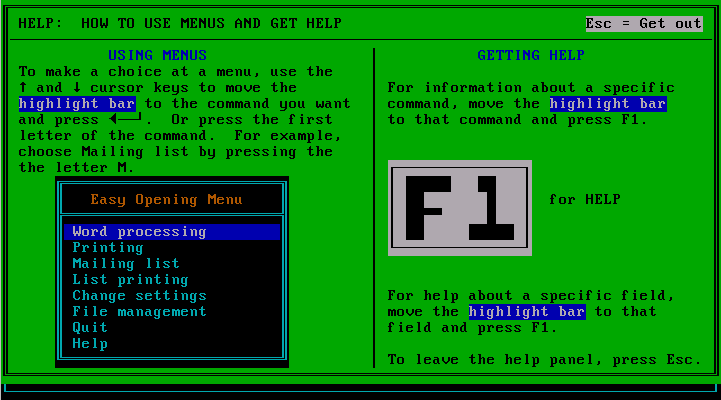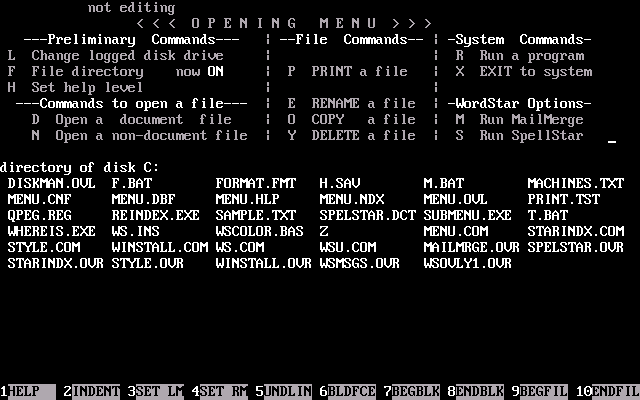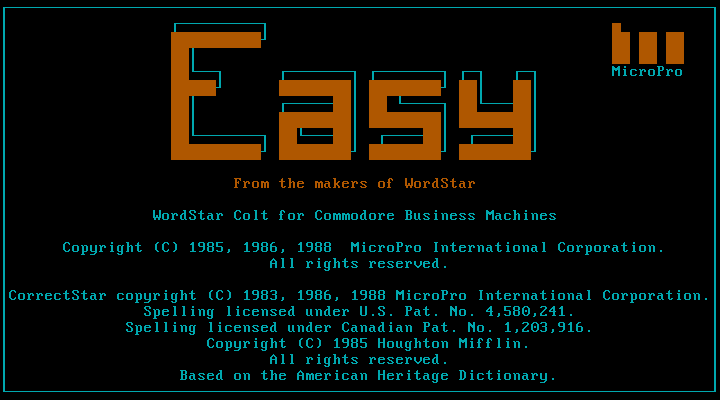

DataStar was a program whose purpose was specifically to expedite creating of the datafiles used for merge printing. SpellStar, was a spell checker program, later incorporated as a direct part of the WordStar program. Thus mass mailings could be prepared with each letter being individually addressed. By printing "x" number of versions of the master document, for example, letters customized for various recipients could be printed in series by drawing information from the datafiles and inserted in place of the fields. These master documents contained "boilerplate" text, like business letters, with data fields in place of addressee pertinent information. Documents like business letters could be printed in series by inserting data fields in "master documents". Pertinent data, like name, address, city, state, zipcode, and so on was stored in non-document datafiles. These included MailMerge, which allowed a "merge printing" for mass mailings of letters. These were easily translated into another file by using a translator (which could be self-written). The "document" file, on the other hand, was its own type of file that kept track of non-break lines with a high-bit code. This "non-document" mono-spaced option made it easy in the 1980s to work offline with data from mainframeĬomputers. A ruler was provided above uniformly spaced characters, making it easy to edit data files to be read in to programs such as SPSS. In spite of its great popularity in the early 1980s, these problems allowed WordPerfect to take WordStar's place as the most widely used word processor from 1985 on.WordStar made editing of what it called "nondocument" files easy.

It was already popular when its inclusion with the Osborne 1 portable computer made the program the de facto standard for much of the small computer word-processing market.Īs the market became dominated by the IBM PC and later Microsoft Windows, this same portable design made it difficult for the program to add new features, and affected its performance. Because all of these versions had relatively similar commands and controls, users could move between platforms with equal ease.

WordStar was written with as few assumptions as possible about the operating system and machine hardware, allowing it to be easily ported across the many platforms that proliferated in the early 1980s. CP/M-80 (original on Intel 8080 and Zilog Z80)


 0 kommentar(er)
0 kommentar(er)
